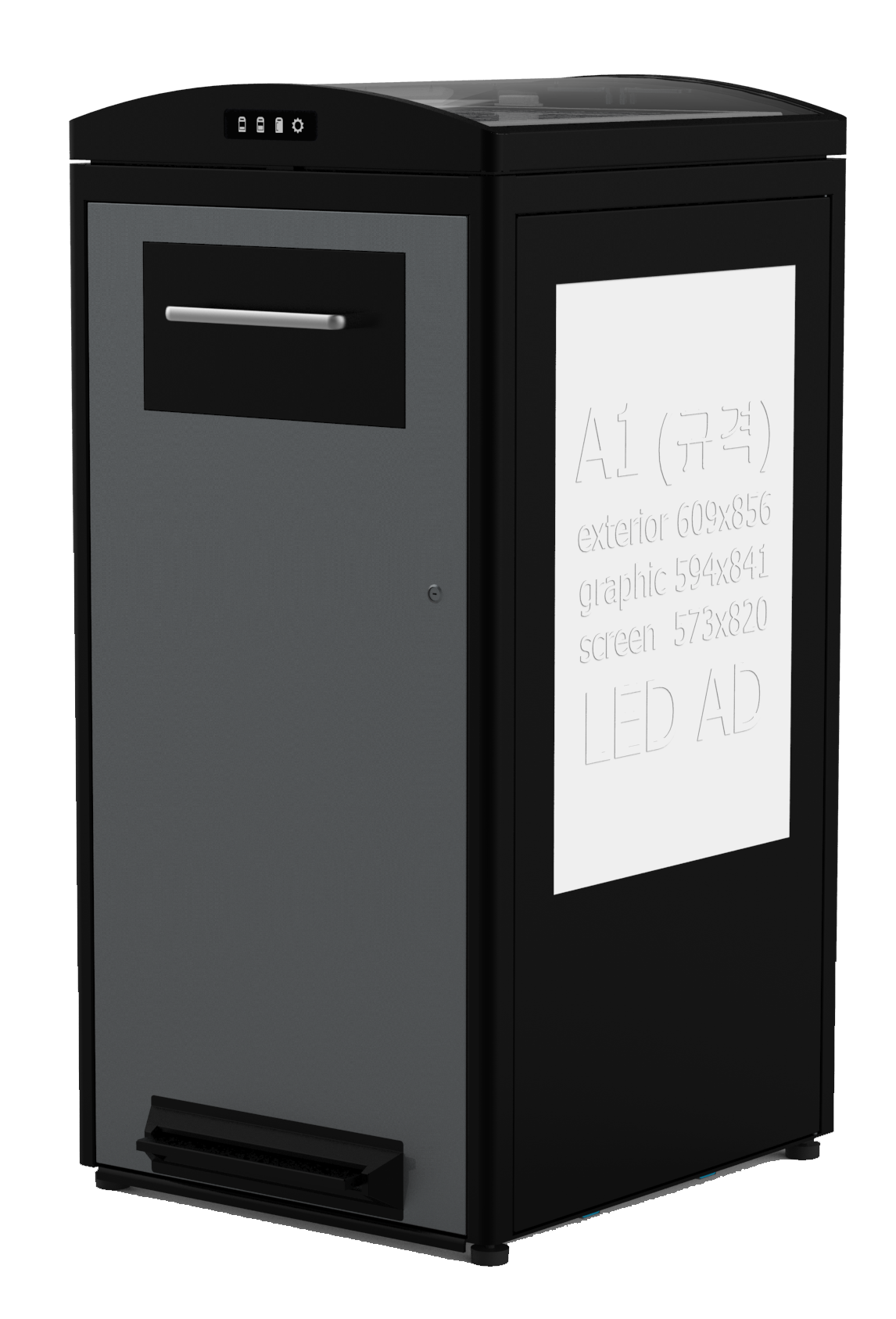 The amount of waste is increasing every year, and so is the money spent on collection services. Waste bins keep overflowing and create unsightly public spaces that are smelly and attract vermin. The problem has become very real especially in high foot traffic areas such as town centers, transit stations, parks, shopping malls and sports stadiums. Adding more waste bins on the streets could solve part of the problem, but there is also a smarter way: solar-powered trash cans. To find out what these devices are all about, keep reading to learn the main benefits.
The amount of waste is increasing every year, and so is the money spent on collection services. Waste bins keep overflowing and create unsightly public spaces that are smelly and attract vermin. The problem has become very real especially in high foot traffic areas such as town centers, transit stations, parks, shopping malls and sports stadiums. Adding more waste bins on the streets could solve part of the problem, but there is also a smarter way: solar-powered trash cans. To find out what these devices are all about, keep reading to learn the main benefits.
Reduced frequency of waste collections
One of the main reasons why any city or organization would install solar trash cans is that they reduce the frequency of waste collections and dispatches dramatically. This is because a solar trash can is capable of triggering an automatic compaction of waste, effectively increasing the bin’s capacity by 5-8 times. This means that you will be able to fill 500-800 liters of waste in a 100-liter bin, and effectively move from daily collections to weekly collections.
Cleaner and more hygienic public spaces
Solar trash cans enable cleaner environments and streets. Besides reducing the collection frequency dramatically, the smart compactors send real-time fill-level data wirelessly to a SaaS-based waste analytics platform to keep waste collection staff information about each bin’s fill-level status. The software triggers automatic push notifications whenever a bin is becoming full so that collections can be performed in time. Together with predictive analytics, the collection staff can even forecast the time of each trash bin becoming full.
Historical waste collection data analytics
Solar trash cans send real-time data to a waste analytics platform, which waste collection managers can utilize to view the current fill-level situation, optimize collection routes, receive push notifications and generate data analytics reports. The reports provide insightful data on waste generation, collection performance and waste overflow. Based on the historical data and intelligent algorithms, the waste analytics platform even provides predictive fill-level forecasts to further optimize the collection operations.
Reduction in greenhouse gas emissions
In conjunction with waste analytics platform, solar trash cans also enable waste collection companies to reduce their greenhouse gas emissions. How is this possible? It’s because solar trash cans don’t need to be collected as often as usual bins, and fewer collections mean less road miles and fuel consumption. Besides reducing CO2 emissions, fewer collections also means less noise pollution and road wear. Not to forget that the compaction module and wireless data communications are powered by solar energy!
Savings in operational waste collection costs
Thanks to fewer waste collections, cities and waste management companies using solar trash cans are typically able to move from daily collections to weekly collections. This has a huge impact on driven distances, working hours, fuel costs and vehicle maintenance costs. Altogether, solar trash cans and waste analytics platform can reduce operational waste collection costs by up to 80%.
